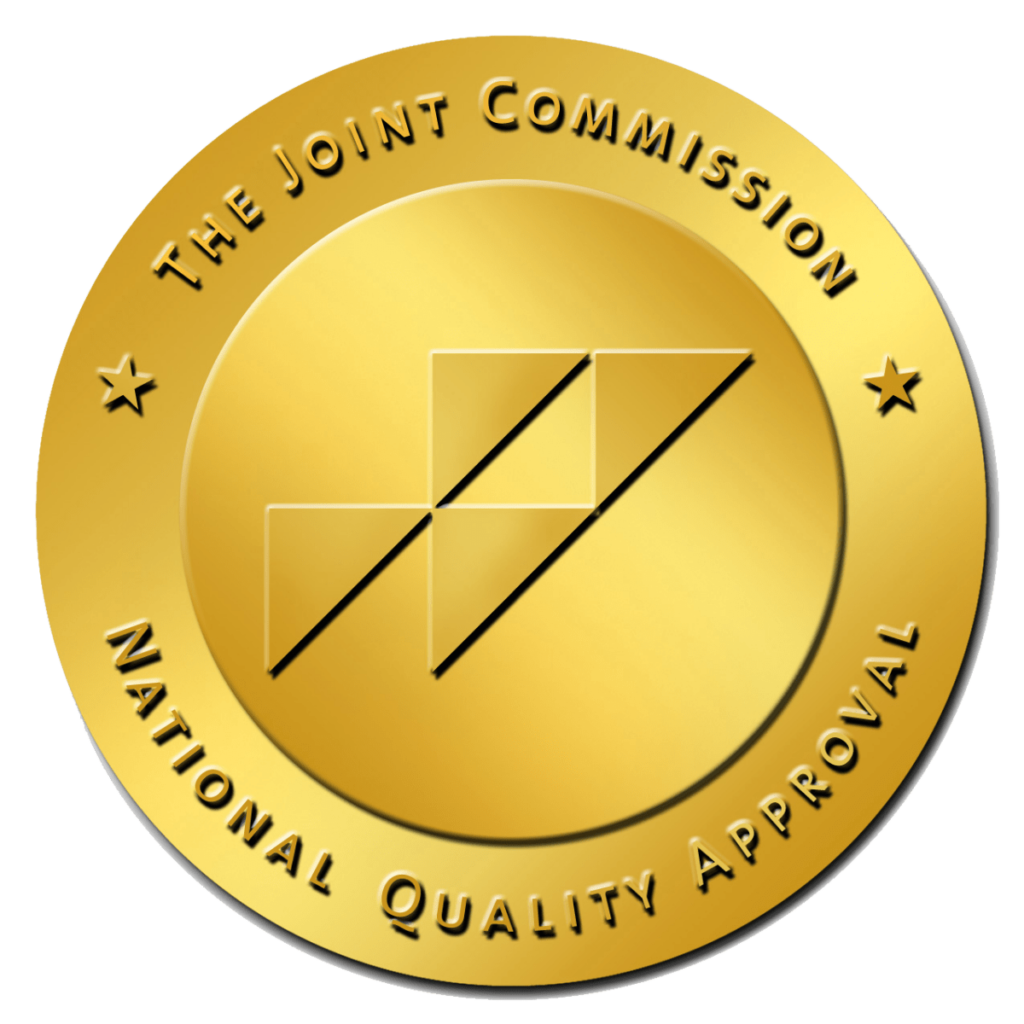Trauma has been reduced to little more than a buzzword used to describe any unpleasant experience. In reality, trauma is an event that surpasses the ability of a person to cope with it and leaves them feeling a sense of terror and helplessness.
What Is PTSD?
Post-traumatic stress disorder, or PTSD, is a specific clinical diagnosis that is caused by a person’s response to challenging events in their life that they were not equipped to handle. About 5.2 million Americans struggle with PTSD in a given year, and it can start at any age, including childhood.
While many people experience trauma at some point in their life, the difference between those individuals and a person with PTSD is that even after months or even years, the person with PTSD may still be struggling to adjust. The Mayo Clinic describes the following as symptoms of PTSD:
- Flashbacks
- Nightmares
- Severe anxiety
- Intrusive thoughts about the event
What Causes PTSD?
Examples of the types of experiences that can lead to PTSD include, but are not limited to:
- Being a victim of abuse or neglect
- Growing up with an untreated mentally ill or addicted parent
- Having an incarcerated parent
- Losing a loved one in a particularly sudden or violent way
- Experiencing racism
- Being placed in foster care
- Natural disasters
PTSD & Military Service
Many people associate PTSD (once called shell shock or battle fatigue syndrome) with members of the military and veterans. While it is certainly true that the stresses of serving in the armed forces, particularly in a war zone, can be extremely traumatic, not all service members develop PTSD and not all people who suffer from PTSD are current or former members of the armed forces. If you or someone you know shows signs of carrying severe impact from trauma after leaving the military, the Department of Veterans Affairs has a site full of resources to help.
Traumatic or Not?
It is important to note that what is traumatic for one person may not be traumatic for another. It’s not just the event that determines the level of trauma but also how it is perceived. Many children who have been placed in the foster care system will describe their removal from home as traumatic, scary, and unpleasant. When I was placed in foster care, however, my aunt drove me to my placement, introduced me to my foster parents, toured the home with me, and made sure I knew how to call her on the phone. The event and my response to it were very different from what other children experience upon entering care; although my experience was not traumatic, that does not negate the trauma experienced by other foster children.
Red Flags
The Mayo Clinic lists the following behaviors as typical of someone suffering from PTSD:
- Avoidance – avoiding people, places and things that remind them of the trauma
- Relationship difficulties – keeping people at arm’s length
- Hopelessness – feeling things will never get better
- Memory issues – especially around the traumatic event
- Hypervigilance – being constantly jumpy or on edge
- Insomnia – being unable to sleep or experiencing fitful sleep
There may also be medical causes behind these symptoms, so it is important for a person exhibiting the above behaviors to be seen by their primary care doctor to determine if a mental health referral is appropriate.
More Women Impacted
WebMD indicates that more women suffer from PTSD than men. It has been suggested that this is because more women than men are victims of domestic violence, rape, and abuse.
Treatments
There are a number of approved treatments for PTSD. These include:
- Medications – These could include a variety of antidepressants, antipsychotics, mood stabilizers, and a med that can reduce nightmares, a med that has been found to address the formation of traumatic memories. Which meds are prescribed would depend on the symptoms of the individual.
- Therapy – Several different types of therapy have been effectively used to treat PTSD. These may include individual or group sessions and might involve engaging the family of the person seeking treatment.
Preventing PTSD
While it is important to have effective treatments for PTSD, it is even more important to be able to prevent it. According to a study published in the European Journal of Psychotraumatology, the factors that reduce a person’s chances of developing PTSD are:
- Optimism – believing good things will happen
- Cognitive flexibility – the ability to adjust to changes in information
- Active coping skills – being able to cope with difficulty
- A strong social network – family, friends and colleagues one can count on
- Practicing good self-care – especially regarding physical needs
- Strong personal values – knowing who you are and what you believe
Highland Can Help
Ultimately, trauma that is not prevented or addressed in a timely fashion can lead to long-term difficulties, including struggles with depression and anxiety, substance abuse, eating disorders, and suicidal ideation. If you or someone you know is struggling with feelings related to a difficult past event, seek help as soon as possible. Highland Hospital has a caring team that is ready to help you get started on your journey to feeling better.










